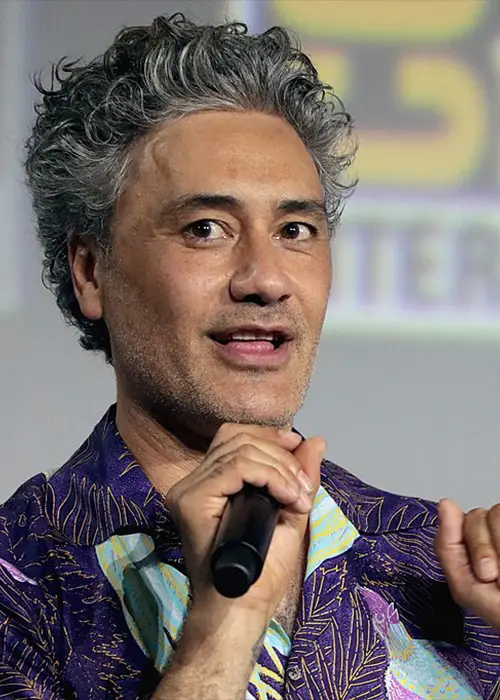If artists had a dollar for every time somebody told them that pursuing a career in the creative arts is a waste of time, we would all be millionaires. Not only is this commentary extremely offensive, but also completely wrong and ill-informed.
Many people look down on creative professions simply because they do not understand the value, purpose, and psychology behind why some people are more inclined to artistic professions and the actual creative process that artists go through to create their work of art. However, instead of focusing on trying to make people understand why art matters, we’re going to focus on helping creatives, particularly in the field of entertainment, understand the building blocks of creativity and how to find inspiration when you’re stuck in an endless loop of frustration and artistic blocks.
The DNA of Creativity
There have been countless debates and studies over the years about the differences and advantages of being a left-brained or a right-brained individual. Based on popular opinion, left-brain thinkers are those who have strong logical, analytical, and objective skills who later develop an interest in math and science while right-brain thinkers have more intuitive, creative, and subjective skills who excel in artistic and creative professions. This has often urged people to wonder whether our skills or interests are hardwired into our genetic makeup or are developed by external factors.
neuroscientists who have studied creativity have concluded that the left and right brain dominance is simply a myth
According to Psychologist Szabolcs Keri, creativity is the result of the successful connection of “large-scale brain networks” and the manner through which the areas of the brain communicate and connect with each other is “critical when it comes to originality, fluency, and flexibility.” This connectivity in the various pathways of the brain was evident and common in highly creative individuals, proving that genes may contribute to this development. Furthermore, neuroscientists who have studied creativity have concluded that the left and right brain dominance is simply a myth as results show that creativity is a collective effort of the entire brain.
Scientists in the US and Europe further added that “[h]aving the right genetic makeup can make your brain more inclined towards creative thinking. The rest of us have to ‘learn’ to be creative.” This suggests that creatively inclined individuals don’t necessarily attribute their skills to genetics, but also to years of professional learning, practice, exposure to creative environments, patience, and persistence. In fact, experts have suggested some specific habits that an individual should develop in order to spark and hone one’s creative abilities to their utmost potential.
The Fragile Process of Conceiving an Idea
The entertainment industry is a breeding ground for the most talented and creative people from every corner of the world. Filmmakers are in a constant state of imagination and searching for the next creative idea to develop and turn into a successful motion picture. While most think that it’s as easy as putting your random thoughts on paper and turning on the camera with a push of a button, it’s actually a grueling process that requires years of trial and error, failures, late-night work, and artistic blocks.
Fortunately, we don’t have a shortage of resources to help us unleash our creativity when we are in need of a little push. There’s no better way to learn than turning to the pros to understand where they find inspiration and how to conquer their own creative battles.

When Martin Scorsese needs help in developing his ideas, he finds inspiration from the life around him at a certain point in time. He also heavily turns to old classic movies as well as analyzes other directors’ works from other countries to understand the logic behind their artistic choices. As evident in his filmography, Scorsese often pays homage to old gangster films.
Quentin Tarantino is a self-taught filmmaker who has impressively made a name for himself in the competitive world of entertainment for his out-of-the-box ideas. He learned how to make films by simply watching a lot of them when he worked as a clerk at a video store. Looking at his filmography, it’s no surprise that his stories are inspired by other films, but also astoundingly original in nature, which truly makes him one of the most celebrated filmmakers today. In fact, Tarantino lives by Pablo Picasso’s idea that “Good artists borrow, great artists steal.”
Taika Waititi expressed that in order to find inspiration, one must not just be sitting in a very comfortable position, but rather constantly explore your surroundings. He personally gets inspiration from other people’s lives as well as using real-life circumstances and conversations that he could incorporate into the characters and story.

Noah Baumbach finds inspiration in creating his characters and story from his personal experiences. He always has the good old pen and paper in hand to write ideas on whenever he is on the go. For him, there is no specific structure or sequence when it comes to building the narrative. Sometimes he has a character in mind, a place he wants to explore, and he doesn’t necessarily focus on figuring out the themes early on. When the time comes for him to write his screenplay, he goes back to his notes and pieces different elements together to create a story.
If you notice, the common sources of inspiration that these award-winning filmmakers share are learning from the masters who shaped cinema as well as using real-life experiences to develop stories. In film school, we spend hours watching and analyzing classic films and the filmmakers behind them to fully understand the foundation of storytelling. Once you know what has been done, you have the liberty to put your own voice and style to make it unique and imaginative. In addition to these sources, some filmmakers find inspiration through books, articles, traveling, photography, observing people, and having conversations with strangers to name a few. The bottom line is that whether you are a veteran or amateur artist, nobody is spared from creative blocks, and having the perseverance, determination, and will to keep finding ideas in the unlikeliest of places will definitely pay off in the long run.
If at this point one would still think that a creative profession is easy and a waste of time, then the COVID-19 pandemic serves as a perfect reminder that during this difficult time of isolation, we turned to films, music, painting, dancing, arts and crafts to keep us going and to find beauty in the darkest of times. Without the creatives who have dedicated their lives enduring and looking past all the criticisms, challenges, and setbacks to pursue their dreams in order to create something out of their artistic talents, we wouldn’t be able to bear the weight of the world and find the hope and will to keep moving forward.




